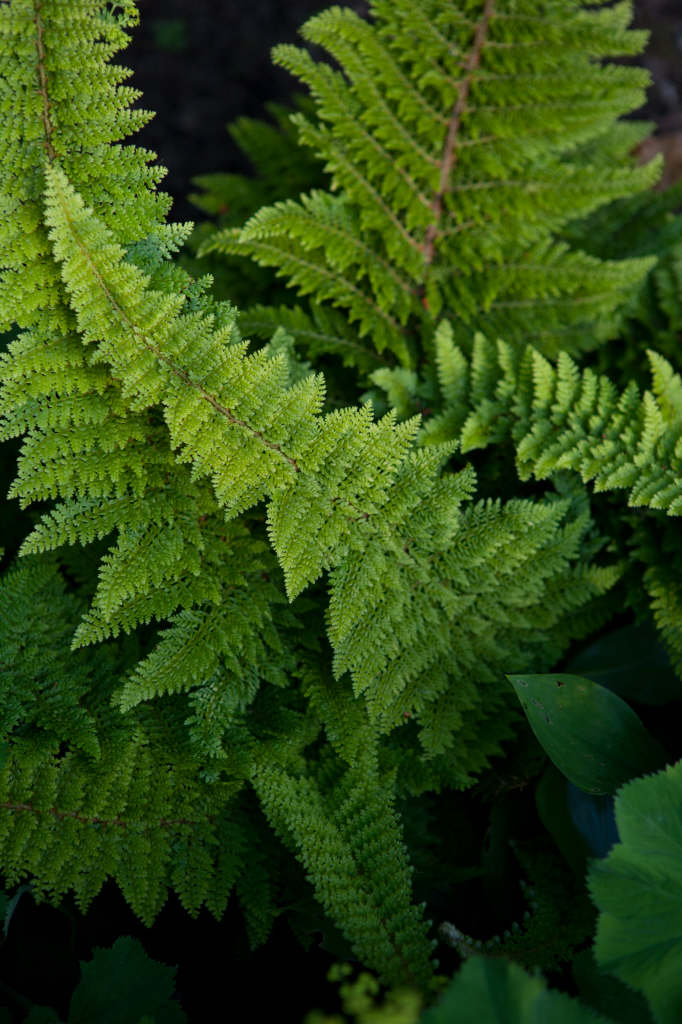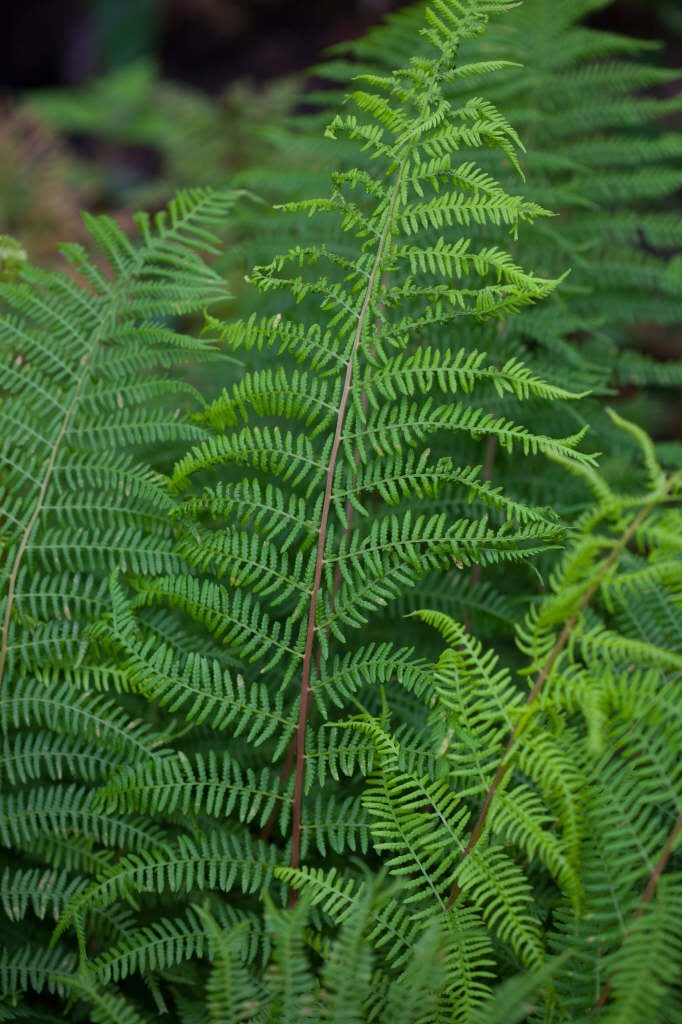Polystichum setiferum (Divisilobum Group) 'Divisilobum Densum'
soft shield fern 'Divisilobum Densum'
A more-or-less evergreen fern forming a rosette of spreading, thin-textured triangular fronds which are 4-pinnate with densely overlapping pinnae giving a mossy appearance, the young fronds with silvery scales
Size
Ultimate height
0.1–0.5 metresTime to ultimate height
5–10 yearsUltimate spread
0.5–1 metresGrowing conditions
Moisture
Moist but well–drainedpH
Acid, Alkaline, NeutralColour & scent
| Stem | Flower | Foliage | Fruit | |
| Spring | Green | |||
|---|---|---|---|---|
| Summer | Green | |||
| Autumn | Green | |||
| Winter | Green |
Position
- Full shade
Aspect
South–facing or East–facing or West–facing
Exposure
Exposed or Sheltered Hardiness
H7Botanical details
- Family
- Dryopteridaceae
- Native to GB / Ireland
- No
- Foliage
- Semi evergreen
- Habit
- Clump forming
- Genus
Polystichum are mostly evergreen or semi-evergreen ferns, with short stout rhizomes and pinnately divided fronds in neat shuttlecock-like rosettes
- Name status
Accepted
How to grow
Cultivation
Easy to grow in most cool, fertile, moist, humus-rich, shaded soils. Protect crowns from excessive winter wet. See how to grow ferns for further advice
Propagation
Propagate by sowing spores as soon as ripe, division of rhizomes in spring or by bulbils in autumn
Suggested planting locations and garden types
- Cottage and informal garden
- Patio and container plants
- City and courtyard gardens
- Low Maintenance
- Flower borders and beds
- Ground cover
- Underplanting of roses and shrubs
Pruning
Dead or damaged fronds may be removed as necessary
Pests
Generally pest-free outdoors
Diseases
May be susceptible to Taphrina wettsteiniana
Love gardening
Sign up to receive regular gardening tips, inspiration, offers and more
View our Privacy Policy
Get involved
The Royal Horticultural Society is the UK’s leading gardening charity. We aim to enrich everyone’s life through plants, and make the UK a greener and more beautiful place.

